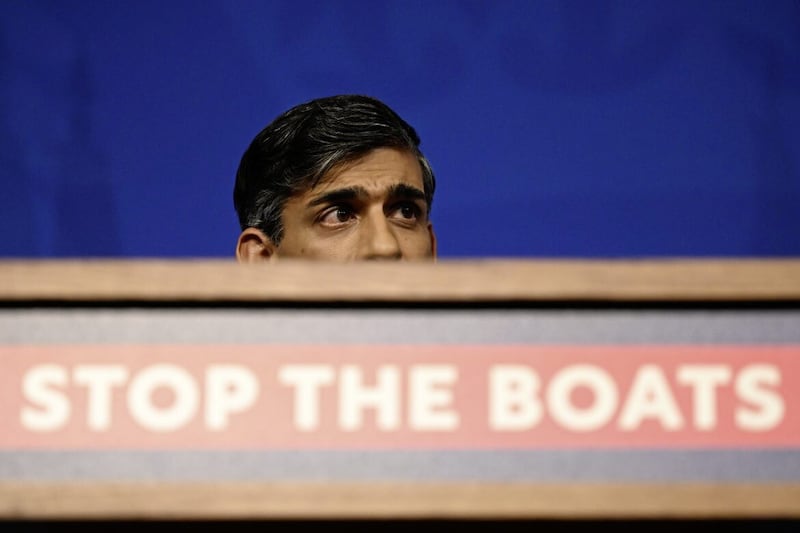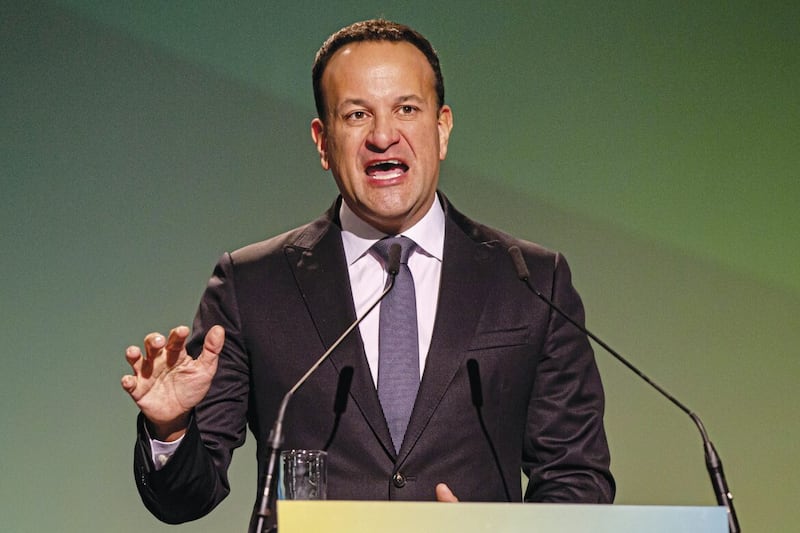It’s been a challenging few weeks for the social media giant TikTok. In mid-September, the Irish Data Protection Commissioner issued a fine of €345 million following an investigation into how the platform processed children’s data.
The commission found that, at the time of its investigation, children enrolling on the site had their accounts automatically set to public, allowing anyone view their profile. It also found children could be at risk of receiving unsolicited direct messages through a pairing feature.
Last week, the platform announced that it has discovered a ‘covert influence operation’ targeting Ireland. Their statement said that the people behind this network had created fake accounts and had made multiple posts sharing divisive views relating to nationalism in Ireland, Japan, Russia and Taiwan.
Read more:
Teenagers now favouring TikTok as single source of news, Ofcom says
My teenager gets all their news from TikTok – should I worry?
Montana becomes first US state to completely ban TikTok
The TikTok statement said that this network of accounts “hyper-posted comments with similar low-quality content in an attempt to redirect TikTok users off-platform and to intensify social conflict”.
The 72 accounts removed had a total of almost 95,000 followers. The company removed 2,165 videos related to these accounts that had been seen over 2.4 million times. That’s an awful lot of Chinese whispers.
I admit to spending a lazy hour every now and then scrolling though TikTok videos for the brain candy effect. The algorithm has me down to a ‘T’ as my suggested content is videos of the amazing stuff people find in charity shops and car boot sales, or country people in the southern states of the USA canning the fruit and vegetables they have grown in their yard.
I’ve scored a couple of fancy handbags in my day but I am never going to have the dedication these women have in scouring multiple shops every day to build an entire designer wardrobe. As well as that I’m a lazy gardener who really can’t afford the money or space to invest in the couple of hundred of various-sized Mason jars I’d need to make the whole canning operation viable.
I should say at this point that I’ve never made a TikTok video because frankly, I don’t find myself that interesting. But the platform has around 834 million global users. Statistics from TikTok and market research companies indicate that 80% of users are under the age of 25 and that one in four is aged 10-19 years old. It’s a space which just can’t be ignored.
When you combine the age profile of users with the potential for the spread of disinformation, it is a particularly worrying set of circumstances. I spoke to some of the young people in my life about whether they get their news from TikTok and the response was they are more likely to get suggested videos which give a content creator’s views on a story that is in the news. Most times that’s a stand-alone video clip, but occasionally it will be stitched (edited) together with a short introduction from the actual news item – either a screen grab of a newspaper article or a few seconds clip from a broadcast news story.
Without the full story, or complete context, content creators have a significant capacity to influence how people on platforms such as TikTok form their opinions. We saw this when the Russell Brand Sunday Times/Dispatches story broke a few weeks ago and, in his video, he claimed this was a mainstream media plot to silence him for speaking out against Big Pharma. A lot of people believed him.

The flaw in that analysis is that social media is now the mainstream because so many people access news via Twitter, Facebook, TikTok and other social media sites. The problem is that those sites are not regulated in the same way that newspapers, radio and television news are in terms of fact-checking and legal protections.
The established media has a role to play in combatting the spread of disinformation by upping its online presence on social media platforms and creating more digital content.
Personally, I think Brian Feeney and Alex Kane would be TikTok sensations.








